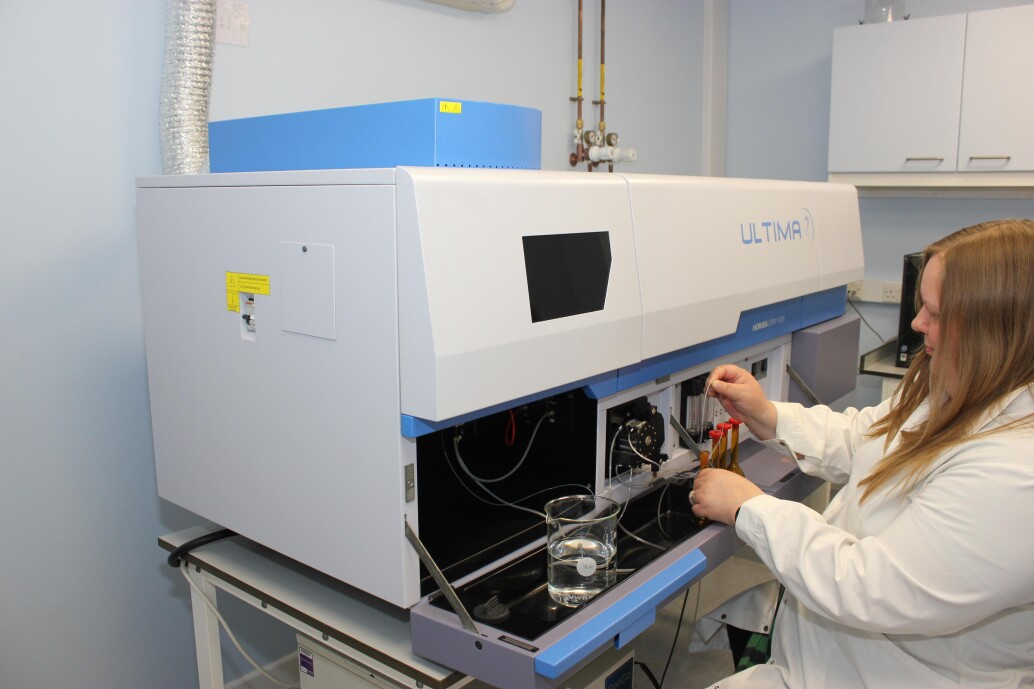Inductively Coupled Plasma Spectroscopy
Inductively Coupled Plasma – Optical Emission Spectroscopy (ICP-OES)
A powerful, effective and accurate chemical analysis technique, which can be used to identify both trace amounts and major concentrations of elements within a sample. It uses liquid samples, therefore acid digestion of solid materials is often required.
ICP-OES analysis utilises a plasma torch to vaporise fine droplets of the sample which are then analysed using the atomic emission to quantify the elements present in the sample.
Rubber Consultants use ICP-OES for quantitative elemental analysis (Al, Sb*, As*, Ba, Bi, B*, Cd, Ca, Cr, Co, Cu, Fe, Pb, Mg, Mn, Hg*, Ni, Se*, S*, Sn, Ti, V and Zn), semi-quantitative image scanning of elements, migration of certain elements, leachable and extractable elements analysis and silicone oil analysis.
*only for aqueous samples

Applications
- Determination of leached aluminium distearate in (pressurised metered dose inhalers) pMDIs
- Determination of leached silicone oil in (pressurised metered dose inhalers ) pMDIs
- Testing of toy materials according to BS EN 71-3:2019+A1:2021 standard (Safety of toys - Migration of certain elements)
- Determination of Cadmium in Balloons
- Determination of Calcium in nasopharyngeal airway devices
- Determination of Barium in paint samples
- Determination of Zinc in Condoms
- Determination of Lead and Zinc in Milk Liners
- Determination of Subtances of Very High Concern (SVHC)






